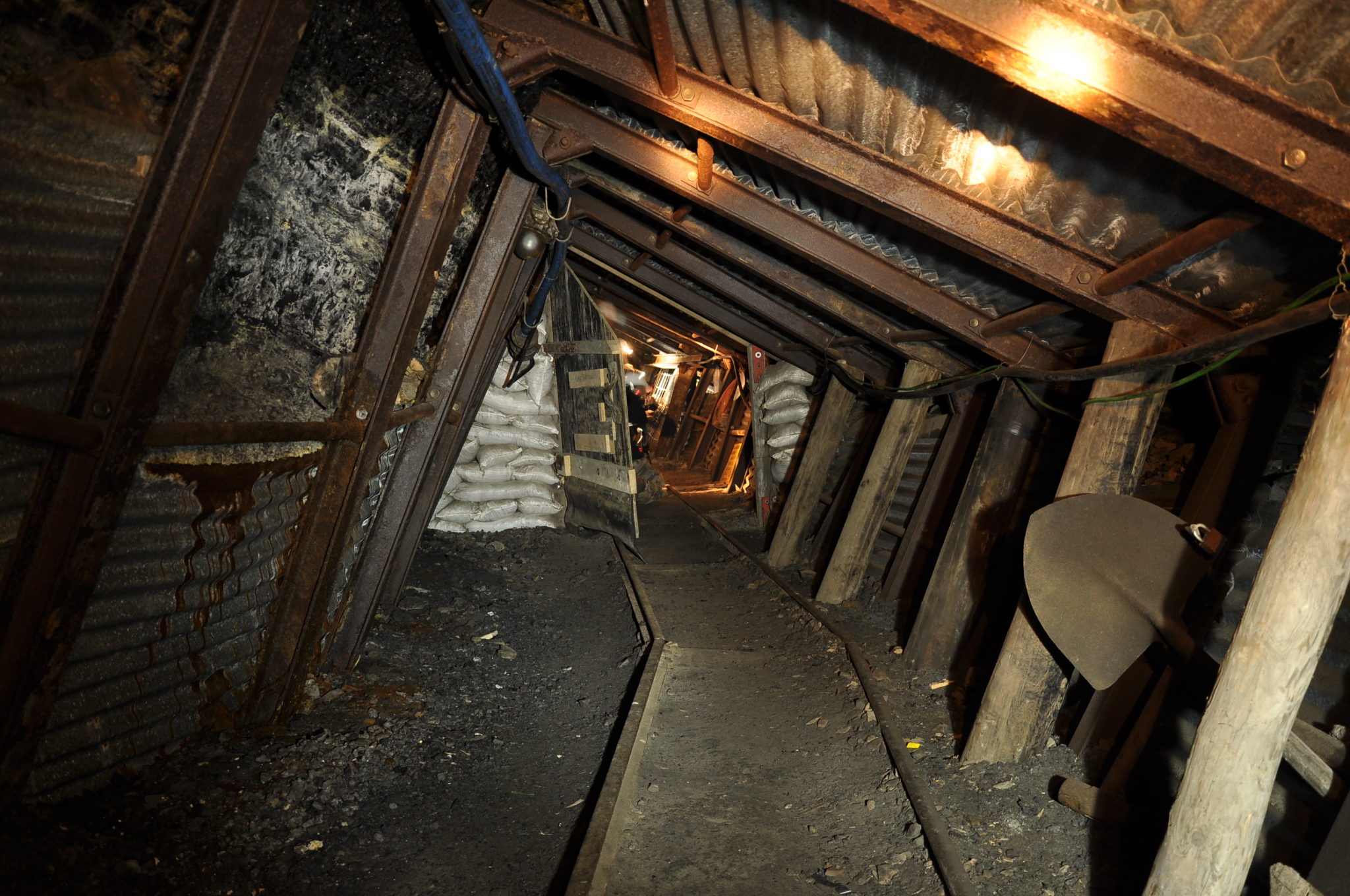
On the way to Ireland in October 2018, I was given the option of choosing somewhere to stop on our way to the ferry. The “lads” my husband George and our son Kevin, had a great deal of golf planned for themselves, and as I don’t play I was “allowed” several treats, so for the outward leg, and rather predictably perhaps, we settled on Apedale, a former coalmine (and Heritage Museum) in North Staffordshire.
We arrived, luckily just in time for the last tour of the day.* We were obliged to take the “shorter version”, but it was by no means truncated. We had a good hour underground, perhaps quite a bit longer – time flies when you’re enjoying yourself. There were only us three and one other chap, plus our guide on the tour. Before we went below, we were supplied with safety helmets and made to hand in watches, cameras etc, then it was time to start.
You all make your way, in my case, a little gingerly, down a long steep slope, holding on to the handrail, the light in my helmet showing the way ahead. Apedale was a drift mine, and as such a Mediaeval miner would have felt instantly at home. I felt the odd drip of water going down my neck. The mine is absolutely “the real thing”, not sanitised or touristy Our knowledgeable guide, an ex-miner, Steve, had first-hand experience.
Thirty seven year down the pit!”
“Did you like it? I asked.
“Like it?” he replied. “Loved it. I would go down again tomorrow. I would be doing it now if they hadn’t shut us down.”
He meant the closing of the coalfield in general.
“The miners must have been quite short,” George observed, his head having recently made contact with the low vaulted ceiling. I am short myself, dwarfed by my tall family, but even I had to stoop occasionally to avoid colliding with the roof.
“On the whole, they were, yes.” Steve agreed. He himself was not much taller than me, though sprack, very spare and wiry.
Stay low!” he admonished, before stopping to draw attention to a weighty piece of machinery, the like of which, he said, “I would have carried for most of the day.”
When I attempted to pick the object up, it nearly had me over, though the men in the party all managed fine, though not without exclaiming over the weight.
“This thing would have been vibrating” said Steve, adding to the drama.
When somebody spotted an iron bar about six feet in length lying down, minding its own business. Steve could not suggest its purpose, though he said “I probably could have used something like it, some of the time.”
The mine floor was littered with such debris, obsolete machinery, too heavy, too difficult, to be shifted “up top”, preserved in rust, from the day the colliery closed in November 1969, its workable reserves exhausted. The workforce was found work in other collieries in the district.
We could not take photographs.“Not much gas about now,” Steve observed, referring to the fact that before descending we had been obliged to hand in anything that might cause a spark. “But you can’t be too careful.” He had not been “gassed” himself, though these pits were “fiery” prone to explosion. I had seen the ill-effects of coal gas myself. My Dad would often have a mild “dose” from his work on burst gas mains when he had worked on Bristol’s roads. He would arrive home looking sick and drawn, and unable “to stomach” his tea, he would vomit into the sink in the back kitchen, before lying down in bed, waiting for it to wear off.
Talk was then of that hapless detective, a caged canary, which had been sent down in advance to warn of gas hanging in the mine. Such birds were still in use “up to a few years before we finished,” said Steve. In the adjacent museum there is a model of the canary in its cage, representing its many deceased predecessors. “No, I’ve never been gassed,” Steve said cheerfully, “but I’ve been cut about quite a lot, and with plenty of scars to prove it.”
“I loved my job!” he said for the second time, then added that it was an iniquity that the UK imported coal when we could so easily dig it for ourselves.
As the tour progressed to its end, he allowed us to peer down the slope we would have descended had we been on the longer, more strenuous tour. The depth and steepness would have been daunting for me, a fairly spry octogenarian with a stick, and I suspect I would have been a liability hauling myself back up the incline. “We would have left you behind,” said my son. So perhaps it is just as well we went on the short version.
In the informative museum – not to be missed – I bought several books, among them the “Victims of the Minnie Pit Disaster, 1918”. One hundred and fifty five men and boys died in the explosion out of the pit’s total workforce of two hundred and forty eight. As well as the drip, drip, of single accidents, each one a tragedy, common to most coalmining areas, as illustrated in ‘Killed in a Coalpit’, my own book about Kingswood, here the deep, gas-filled mines led to fatalities on a vast and sickening scale.
As an appendix, I would like to say that Apedale, the name of the stopover (I was tempted to say pit-stop – ouch) was highly appropriate, as, among other things, my son calls me “Ape” – mostly based on my woeful computer skills, i.e. “quicker to train a chimp.” We have that sort of easy relationship, so don’t write to me in outrage. I couldn’t manage without him. He is responsible for me getting a lifetime of my witterings on this website.
Apedale incidentally has nothing whatever to do with Apes. It derives from Apples and one can only imagine the valley with orchards once groaning with luscious fruit above ground and the fiery, black caverns beneath.
(*In normal circumstances – will there be any, ever again? – it is wise to check opening times beforehand to avoid disappointment, booking a tour where necessary. At the time of writing 26 March 2021, due to Covid 19 restrictions, Apedale is currently closed. Please see the website for the latest news.)
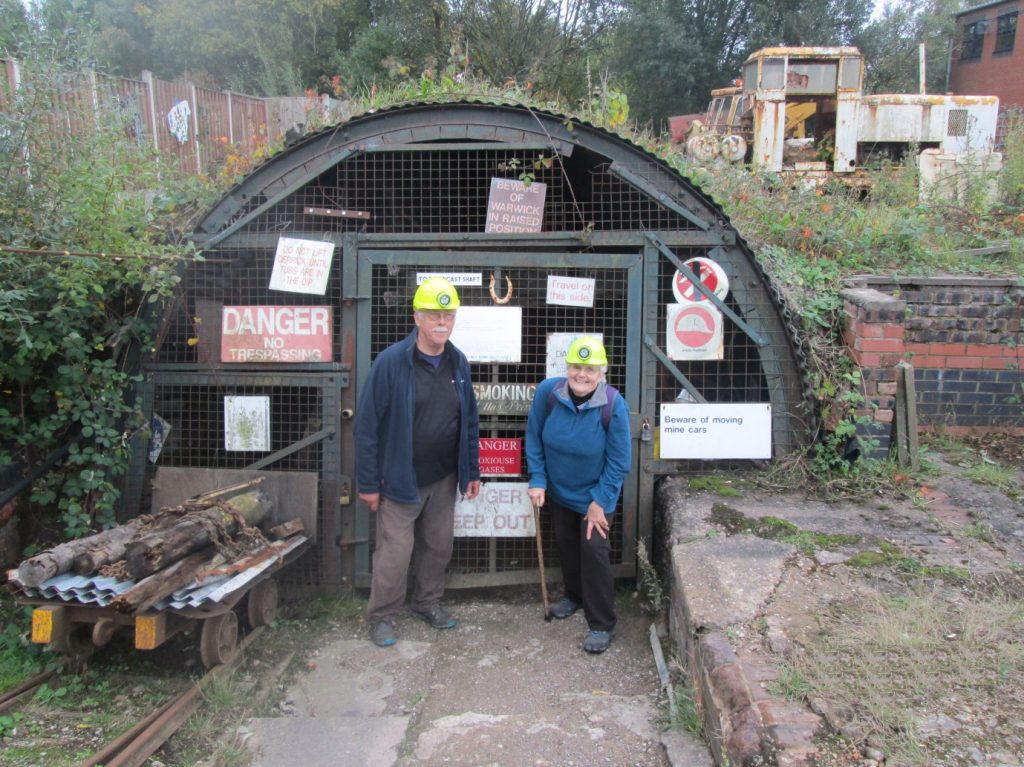
Me and my other half at Apedale
A shorter version of this piece appeared in the Newsletter of the South Gloucestershire Mines Research Group, no 54. Spring 2019. See also Mike Taylor’s article “The Real Deal”, in no 52, Summer 2018, which quite coincidentally describes a group visit to the same coalmine.


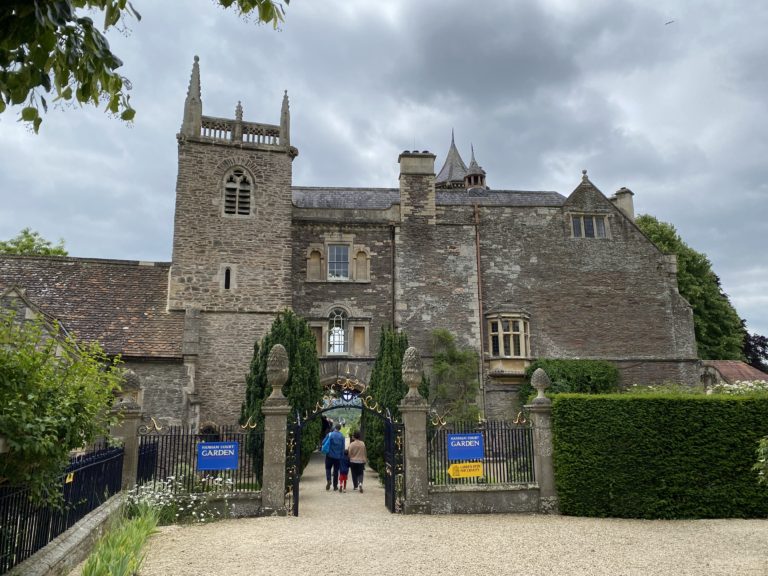
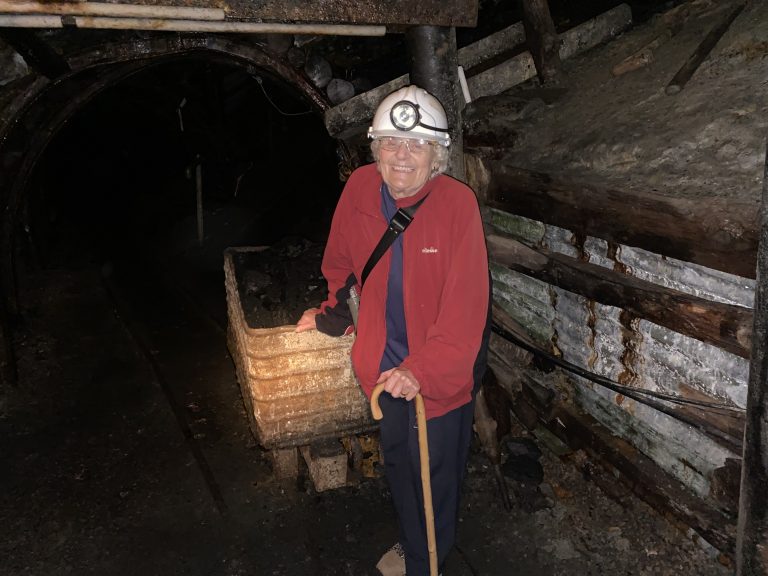

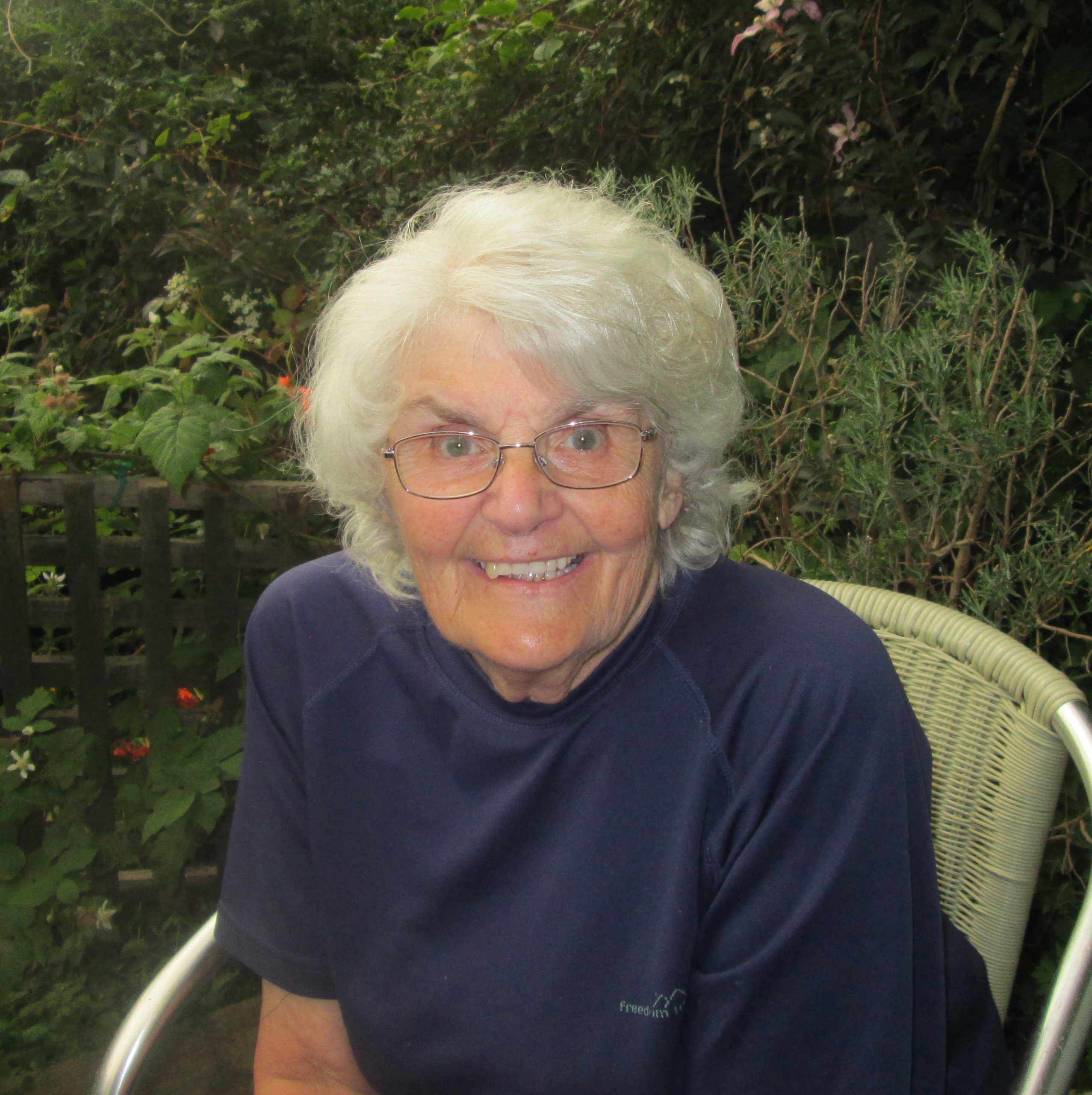




Leave a Comment